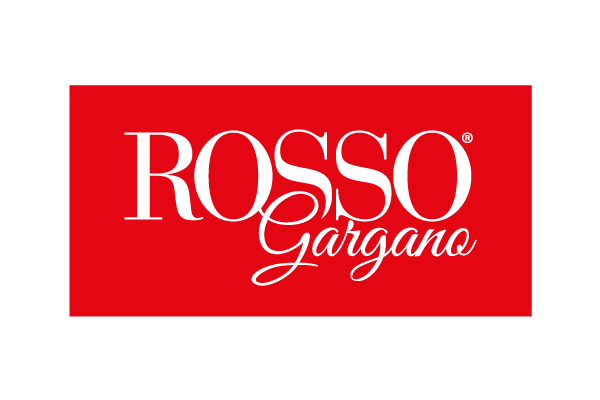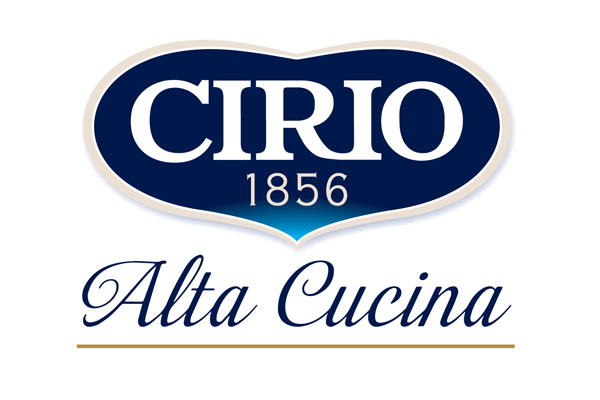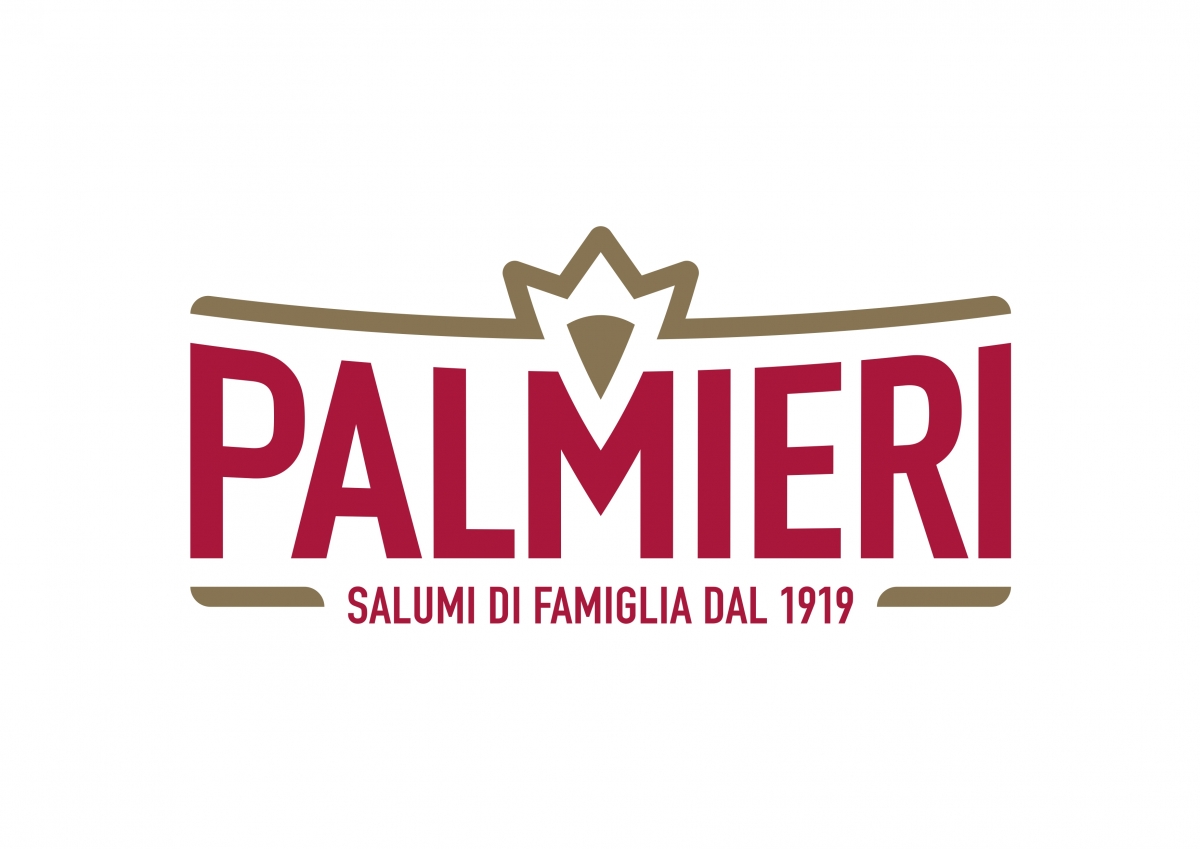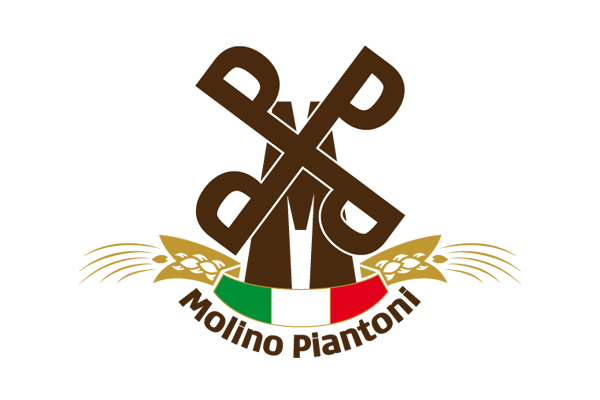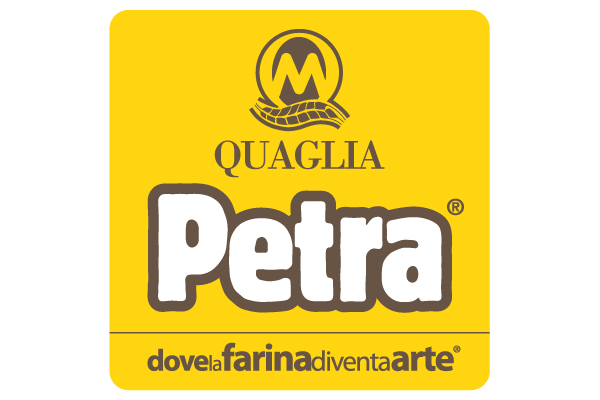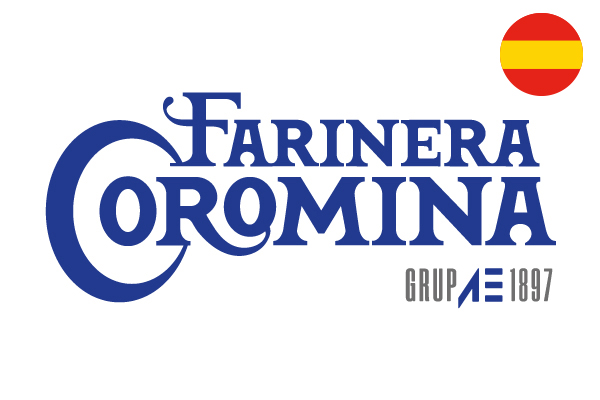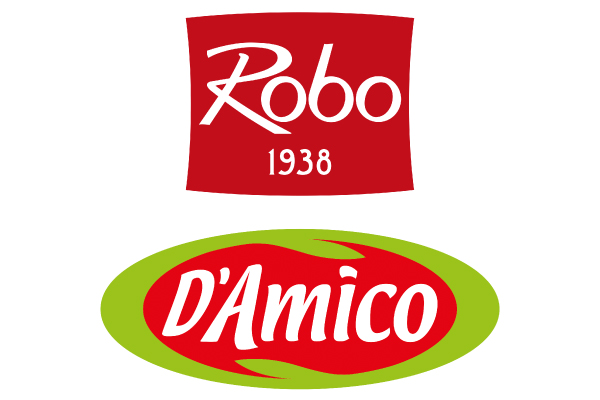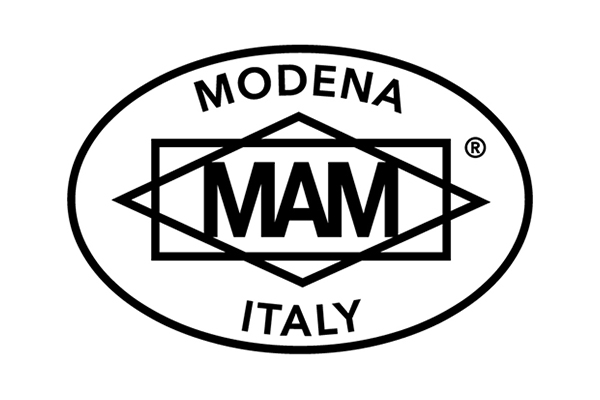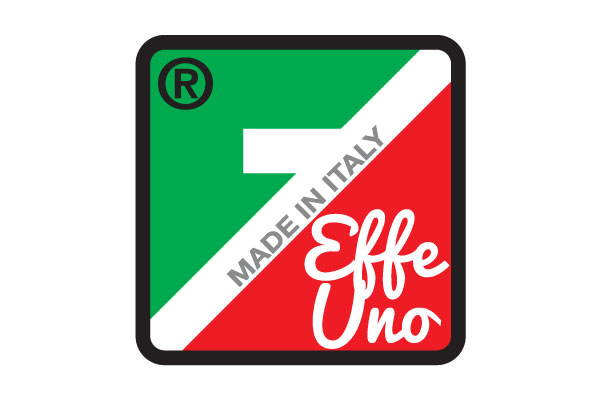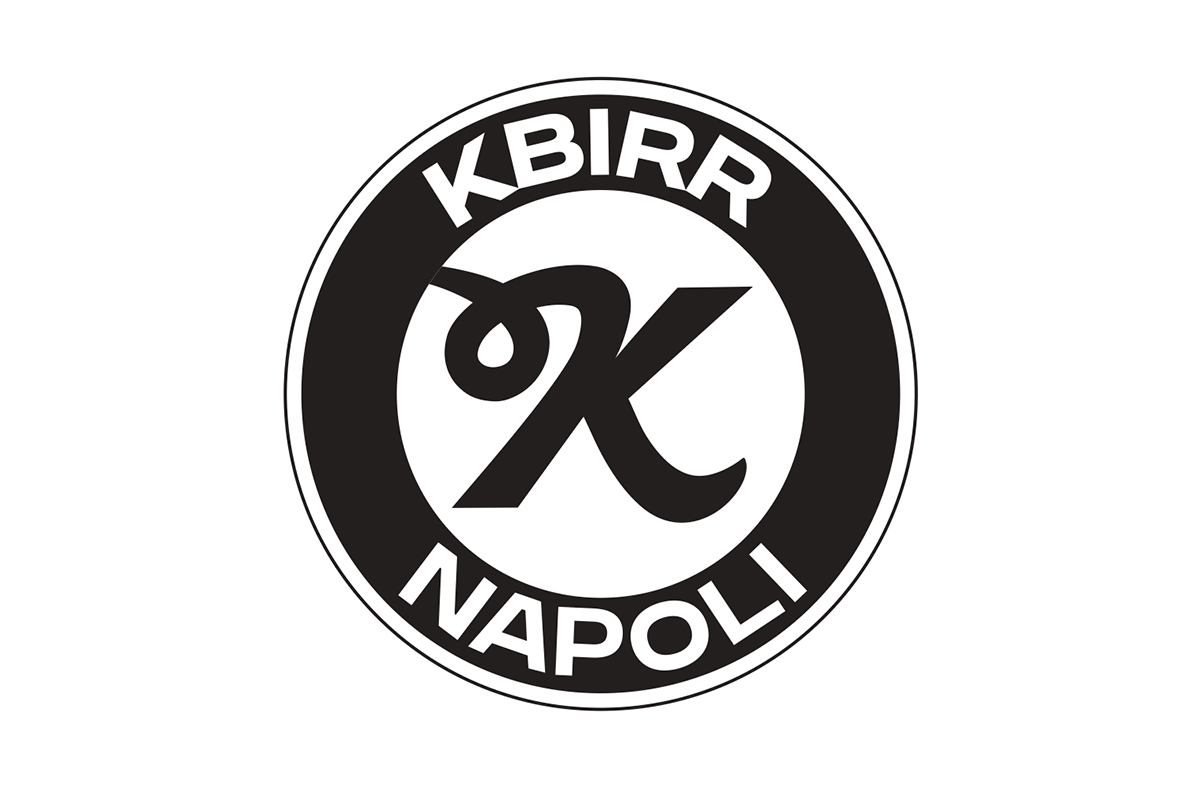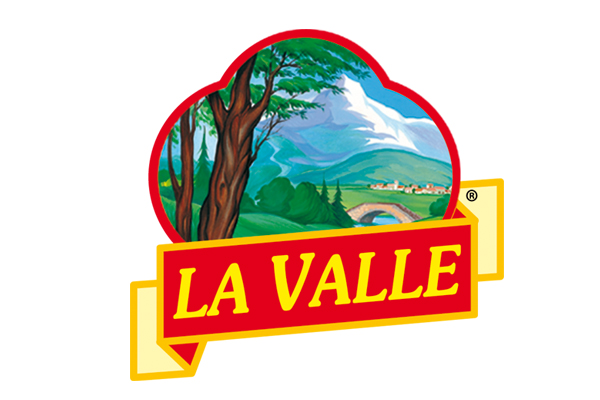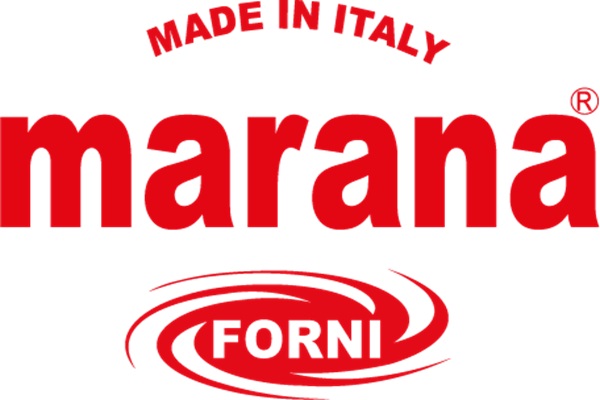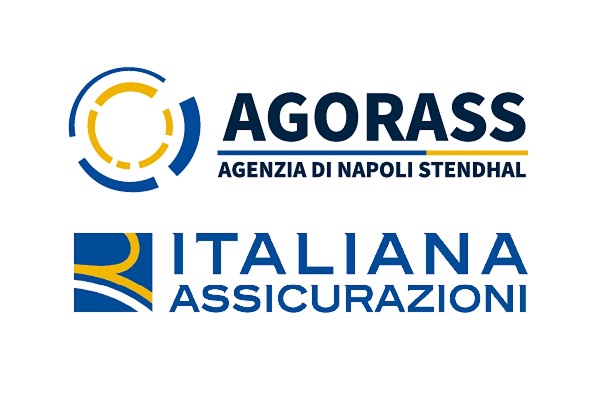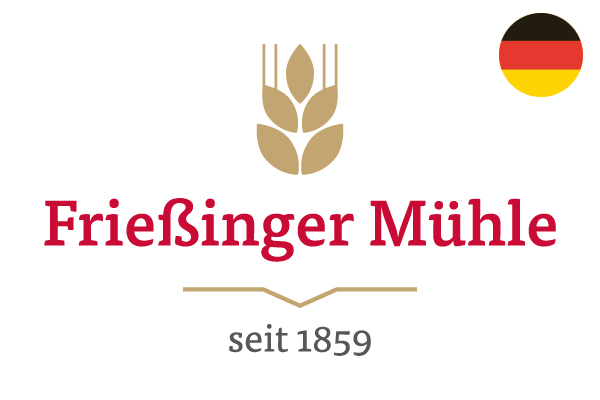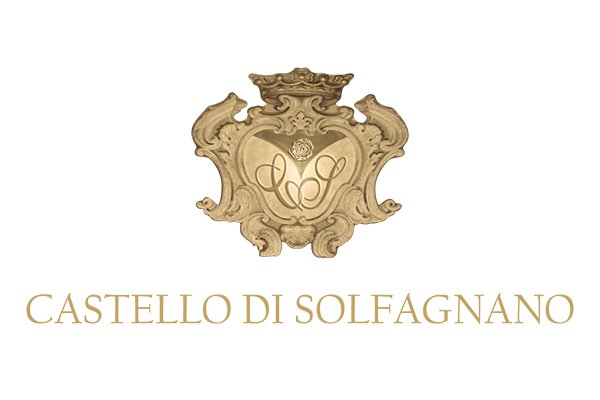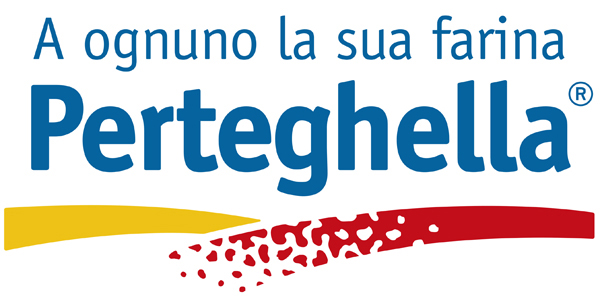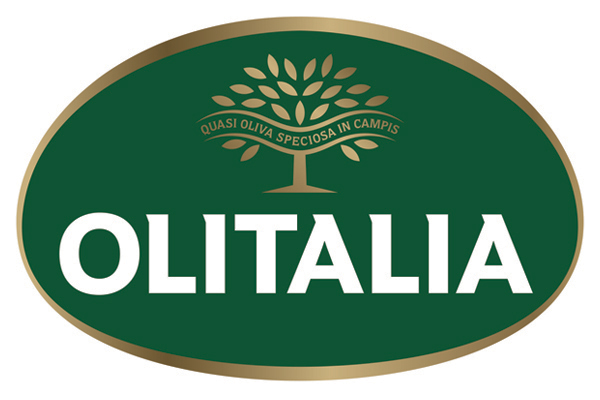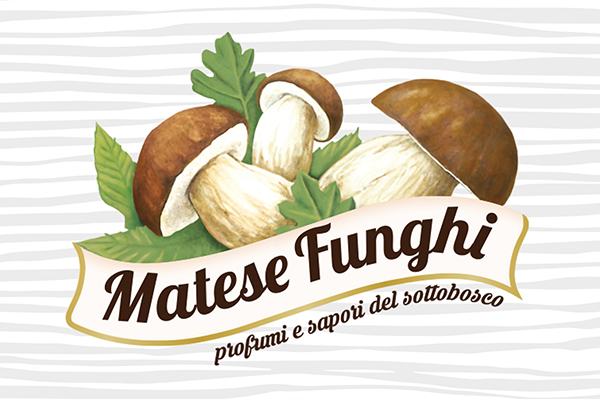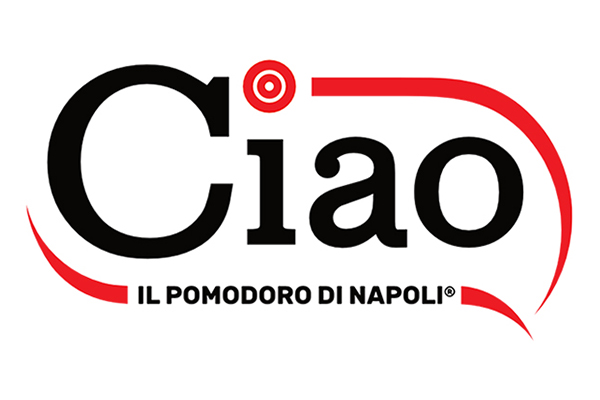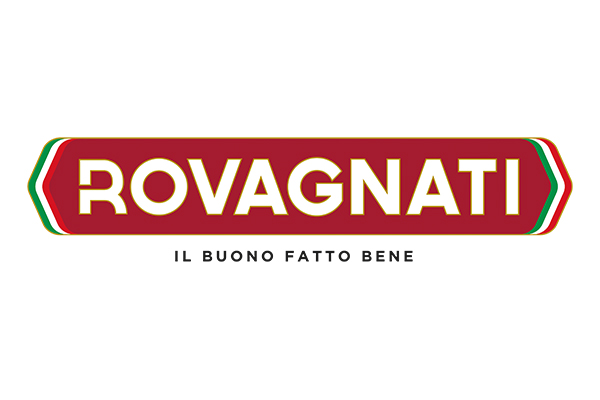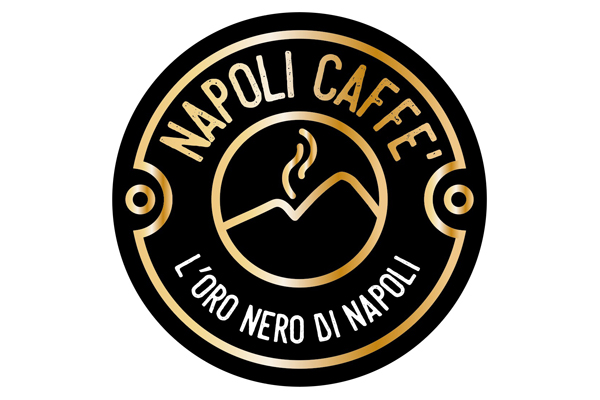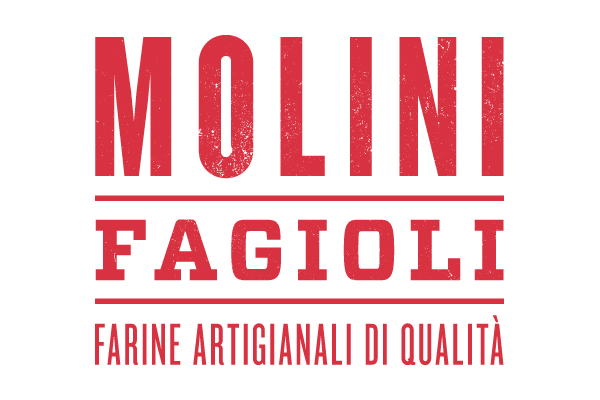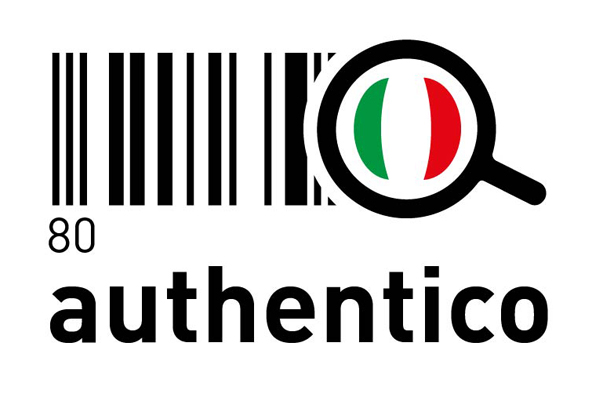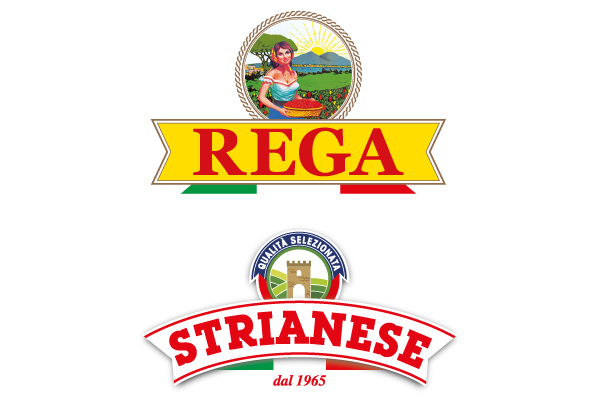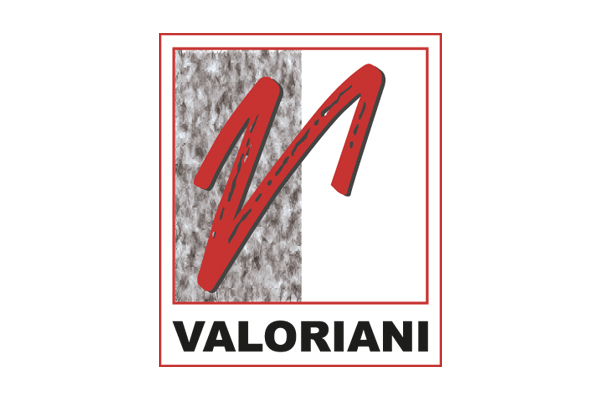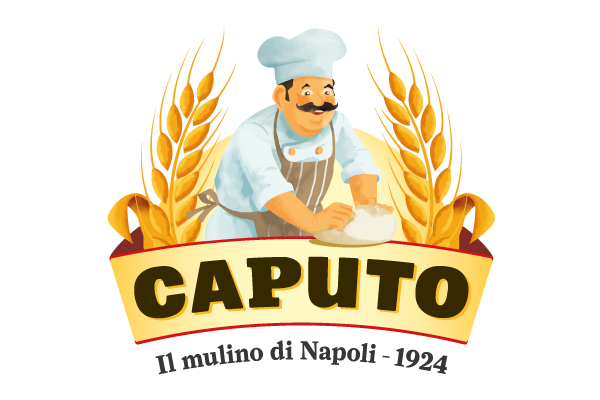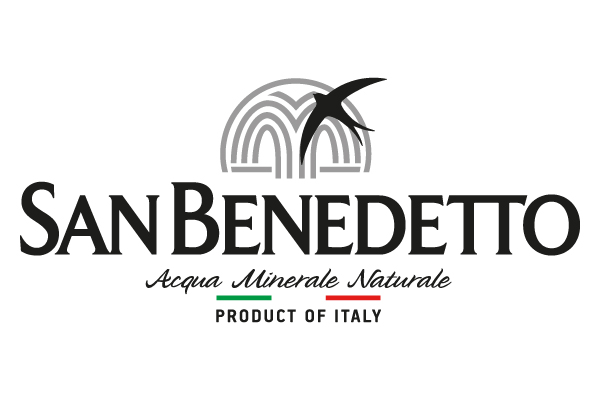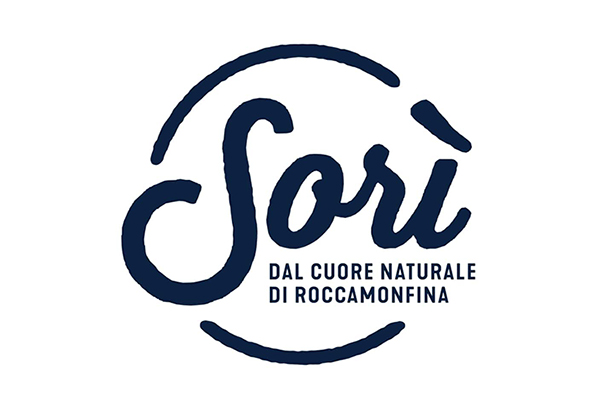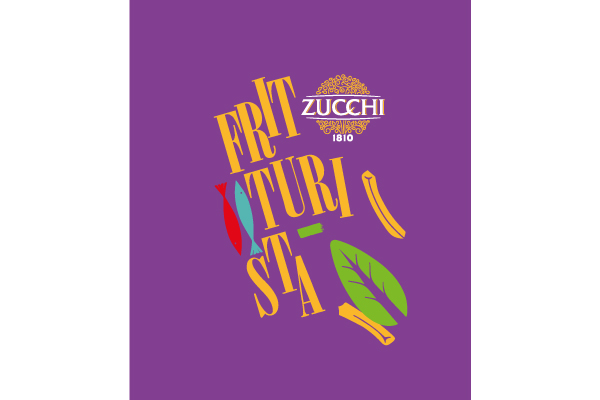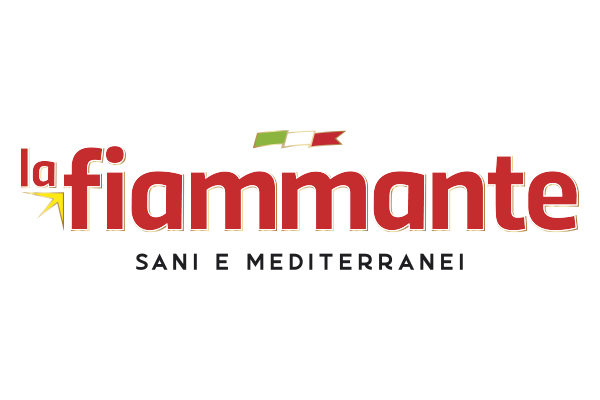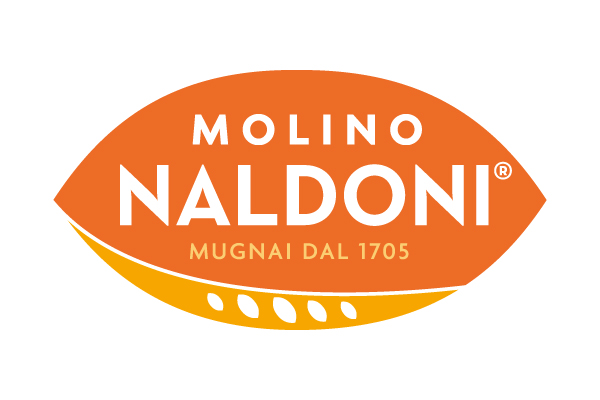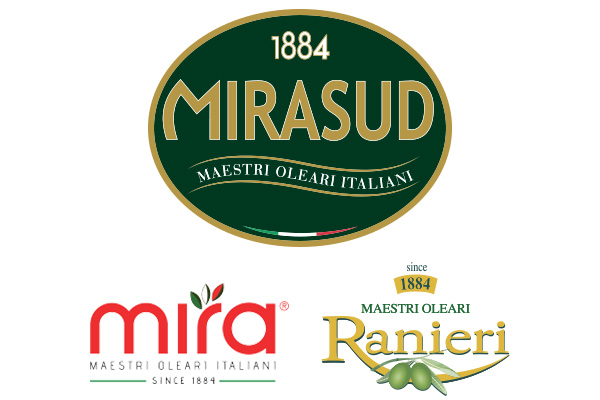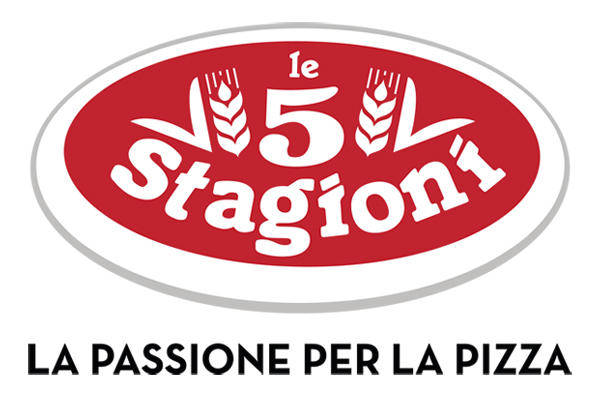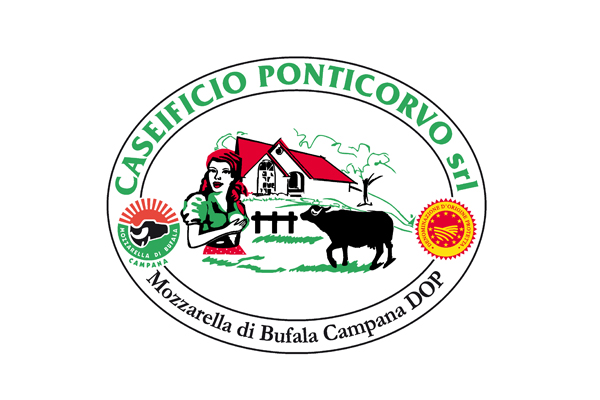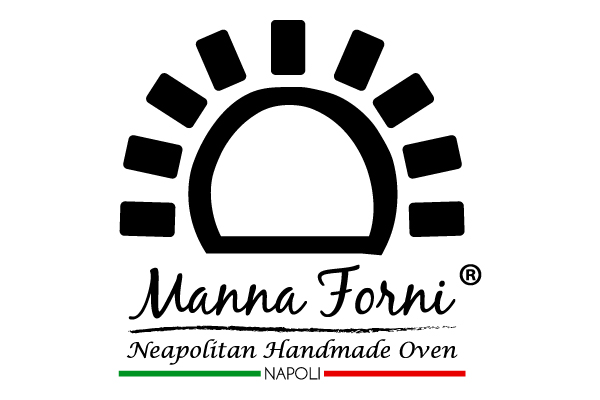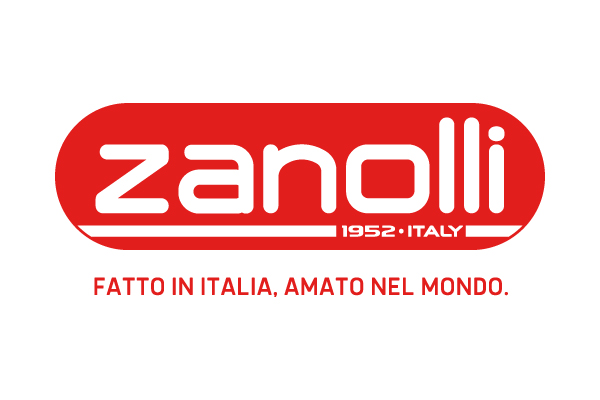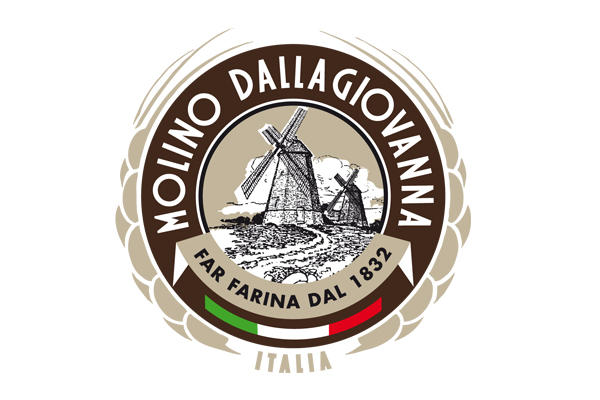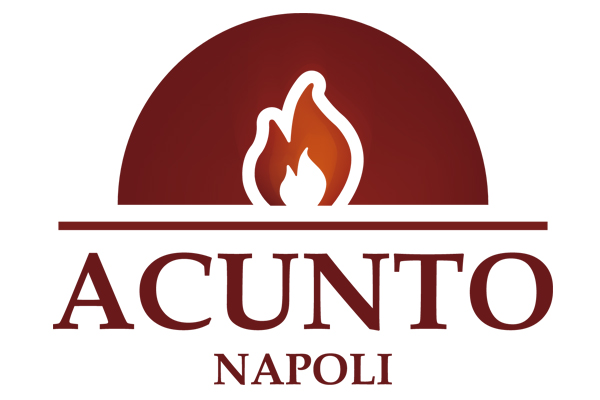
Neapolitan pizza-makers have taken a major step towards persuading pizza lovers around the world to respect good quality.
After years of struggling with red tape, two of the city's pizza protection associations have succeeded in getting the European Union to publish the requisites for 'real Neapolitan pizza' in the EU's Official Gazette. In six months' time, barring objections, the pizza from the southern Italian city - universally recognised as the benchmark for pizza everywhere - will get a precious STG (guaranteed traditional speciality) licence from Brussels. ''This is an important result along the path towards full protection for what is probably the best-loved product of the Italian culinary tradition,'' said Farm Minister Paolo De Castro.
''The recognition will be valid in all EU countries, and anyone who claims to be producing real Neapolitan pizza will be subject to strict inspections''. The president of the Real Neapolitan Pizza Association, Antonio Pace, told reporters that a ''holy alliance'' forged with the agriculture ministry had paid off.
''Too many people have been setting themselves up as pizzaiuoli (pizza-makers) without the proper training. That's caused huge market problems,'' Pace added.
''Finally the rules we have voluntarily set ourselves will be put down in writing and used against anyone who wants to display the 'Neapolitan pizza' seal,'' Massimo Di Porzio, the AVPN Managing Director said.
The leader of the Neapolitan association of pizzaiuoli, Sergio Miccu, said: ''Ours is a job that takes a year or a year and a half to learn and only by sticking close to people who can hand down all the secrets of this art,'' he said.
Miccu's adepts are a small elite: 240 in Italy, 22 in Japan, eight in America and two in Barbados. All are of Neapolitan origin.
The campaign to give Neapolitan pizza a seal worthy of its renown began in 2000 with then farm minister Alfonso Pecoraro Scanio who set up a committee of experts to lay down what should go into the world-famous dish and how it should be made. True pizza, they concluded, must be made only of hard wheat flour, fresh yeast, water and sea salt, with a topping of olive oil, San Marzano tomatoes (in slices no thicker than 8mm) and mozzarella di bufala, the fresh cheese made of buffalo milk.
The dough must be stretched by hand (no rolling pins) and cooked at a high temperature - almost 500 degrees - to achieve a crust that is regular, puffed and free of blisters, the experts said.
The pizza must be frequently turned by the pizzaiuoli, whose trained eye knows when the oven bricks' colour corresponds to the right heat for putting the pizza in and pulling it out with just the right touch of scorch marks.
The mark of a Neapolitan pizza is that it is thicker, doughier and munchier than its counterparts elsewhere, the mozzarella is stretchier and tastier, and the olive oil and tomatoes are of higher quality, gourmands agree.
But the final touch, of course, is the strong-scented local basil that perfectly complements the generous pools of mozzarella, artfully scooped tomato sauce and lashings of olive oil.
The tough specifications obviously rule out a vast array of foods that pass for pizza around the world, but Naples wants to convince the world that simple and traditional is best.
Pizza is one of the few foods composed almost exclusively of the region's three DOP (Denomination of Controlled Origin) products as already recognized by the European Union: San Marzano tomatoes, extra-virgin olive oil from Campania, and mozzarella di bufala.
After years of struggling with red tape, two of the city's pizza protection associations have succeeded in getting the European Union to publish the requisites for 'real Neapolitan pizza' in the EU's Official Gazette. In six months' time, barring objections, the pizza from the southern Italian city - universally recognised as the benchmark for pizza everywhere - will get a precious STG (guaranteed traditional speciality) licence from Brussels. ''This is an important result along the path towards full protection for what is probably the best-loved product of the Italian culinary tradition,'' said Farm Minister Paolo De Castro.
''The recognition will be valid in all EU countries, and anyone who claims to be producing real Neapolitan pizza will be subject to strict inspections''. The president of the Real Neapolitan Pizza Association, Antonio Pace, told reporters that a ''holy alliance'' forged with the agriculture ministry had paid off.
''Too many people have been setting themselves up as pizzaiuoli (pizza-makers) without the proper training. That's caused huge market problems,'' Pace added.
''Finally the rules we have voluntarily set ourselves will be put down in writing and used against anyone who wants to display the 'Neapolitan pizza' seal,'' Massimo Di Porzio, the AVPN Managing Director said.
The leader of the Neapolitan association of pizzaiuoli, Sergio Miccu, said: ''Ours is a job that takes a year or a year and a half to learn and only by sticking close to people who can hand down all the secrets of this art,'' he said.
Miccu's adepts are a small elite: 240 in Italy, 22 in Japan, eight in America and two in Barbados. All are of Neapolitan origin.
The campaign to give Neapolitan pizza a seal worthy of its renown began in 2000 with then farm minister Alfonso Pecoraro Scanio who set up a committee of experts to lay down what should go into the world-famous dish and how it should be made. True pizza, they concluded, must be made only of hard wheat flour, fresh yeast, water and sea salt, with a topping of olive oil, San Marzano tomatoes (in slices no thicker than 8mm) and mozzarella di bufala, the fresh cheese made of buffalo milk.
The dough must be stretched by hand (no rolling pins) and cooked at a high temperature - almost 500 degrees - to achieve a crust that is regular, puffed and free of blisters, the experts said.
The pizza must be frequently turned by the pizzaiuoli, whose trained eye knows when the oven bricks' colour corresponds to the right heat for putting the pizza in and pulling it out with just the right touch of scorch marks.
The mark of a Neapolitan pizza is that it is thicker, doughier and munchier than its counterparts elsewhere, the mozzarella is stretchier and tastier, and the olive oil and tomatoes are of higher quality, gourmands agree.
But the final touch, of course, is the strong-scented local basil that perfectly complements the generous pools of mozzarella, artfully scooped tomato sauce and lashings of olive oil.
The tough specifications obviously rule out a vast array of foods that pass for pizza around the world, but Naples wants to convince the world that simple and traditional is best.
Pizza is one of the few foods composed almost exclusively of the region's three DOP (Denomination of Controlled Origin) products as already recognized by the European Union: San Marzano tomatoes, extra-virgin olive oil from Campania, and mozzarella di bufala.
venerdì 15 febbraio 2008

